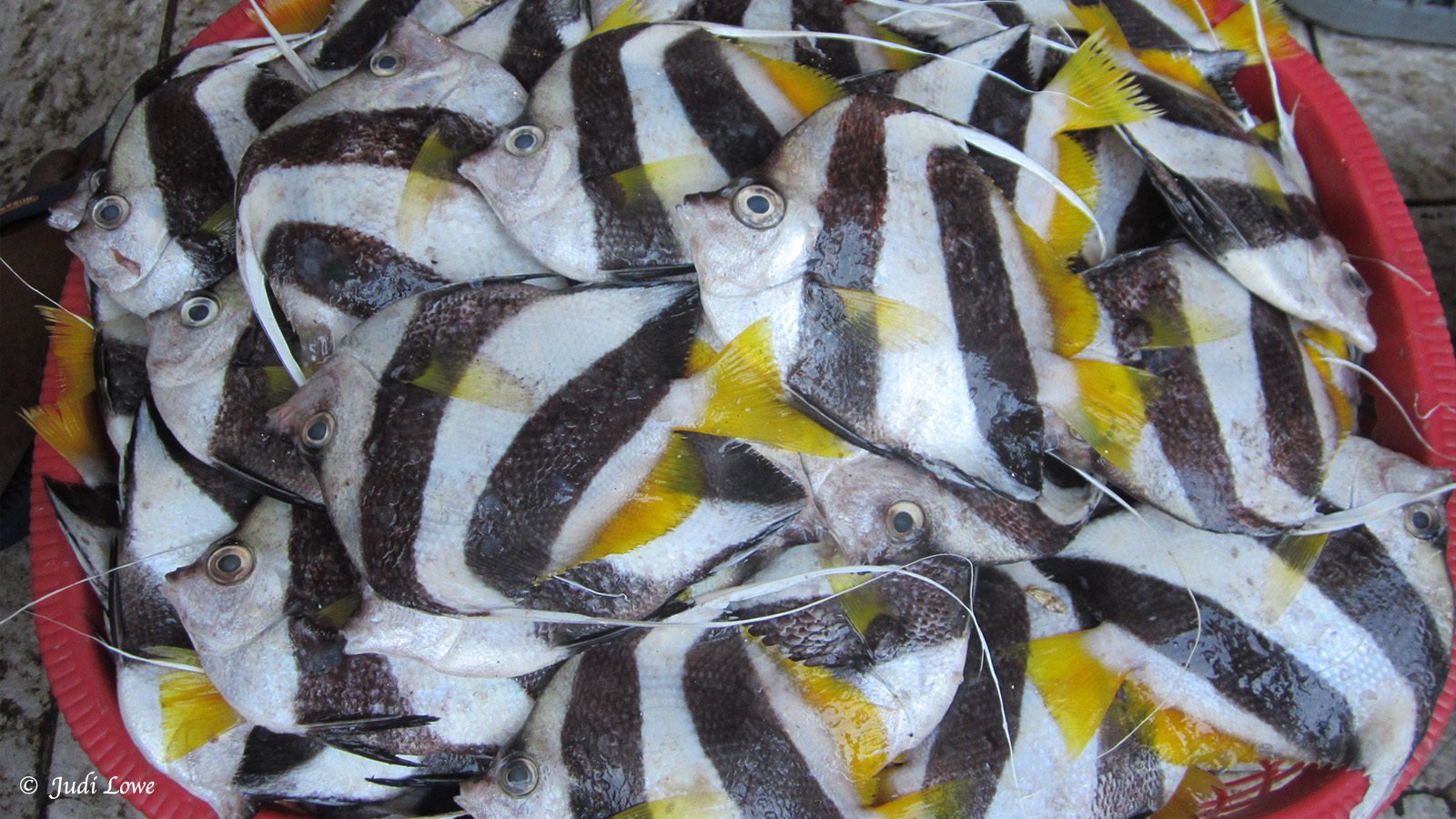destructive fishing
Destructive fishing is one of the most pressing threat to the coral reefs of the tropics. In response to competition for scarce coral reef resources, local fishers resort to destructive fishing, increasing the use of competitive and destructive gear and intensifying pressure on coral reefs, with devastating effect. Coral reefs habitats are destroyed by dynamite fishing and cyanide fishing. Shark stocks are decimated all over the tropics for to provide shark fins to Chinese banquets and shark meat. Manta rays are killed for their gill rakers (bony cartilage inside the gills which filters water to provide mantas with their food), sold as a newly devised Chinese soup to enhance the immune system. Whale sharks are killed for their fins. Lobster and live reef fish are caught, penned and shipped alive to Singapore and Hong Kong to fill aquariums in restaurants. Spear fishing selectively targets and removes large breeding fish stocks from coral reefs. Turtles and their eggs are eaten and stingrays, other fish and marine resources are caught in unsustainable quantities.
Destructive fishing is often illegal and is unreported and unregulated. Not only does destructive fishing damage coral reef habitats and decimate fish stocks, it also undermines fisheries management.
This research investigates the existence of destructive fishing around dive sites and whether livelihoods provided to local fishers and their communities by dive operators has any effect on decreasing the following forms of destructive fishing around dive sites.
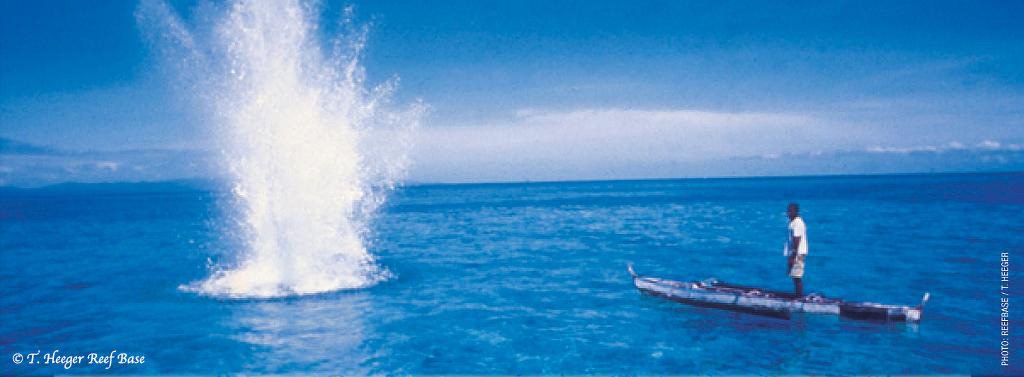
dynamite and cyanide fishing

shark fishing
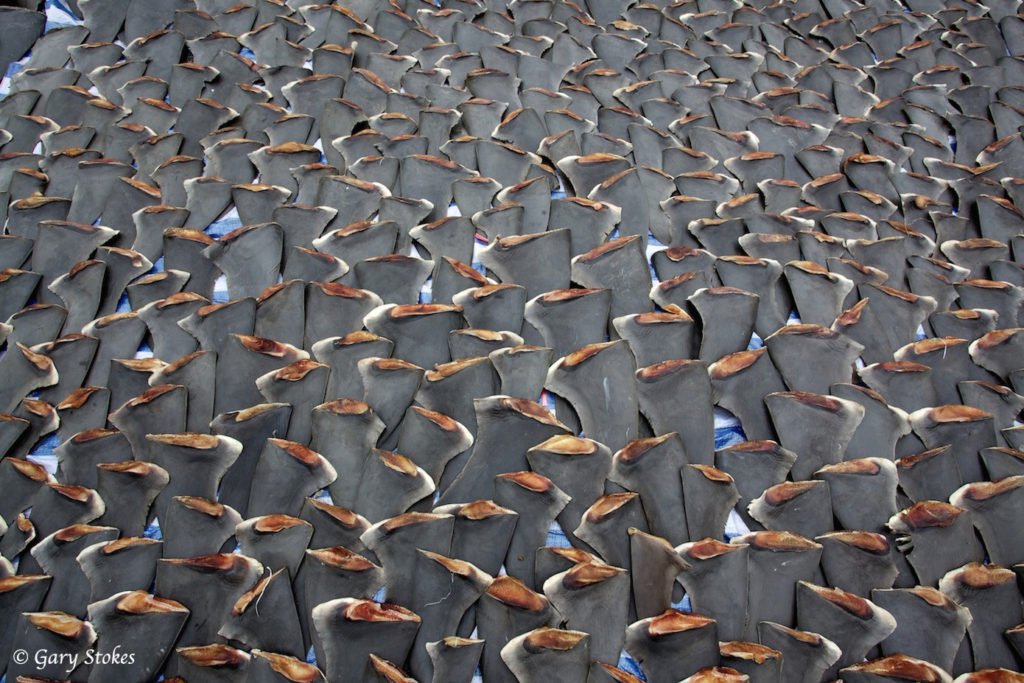
shark finning
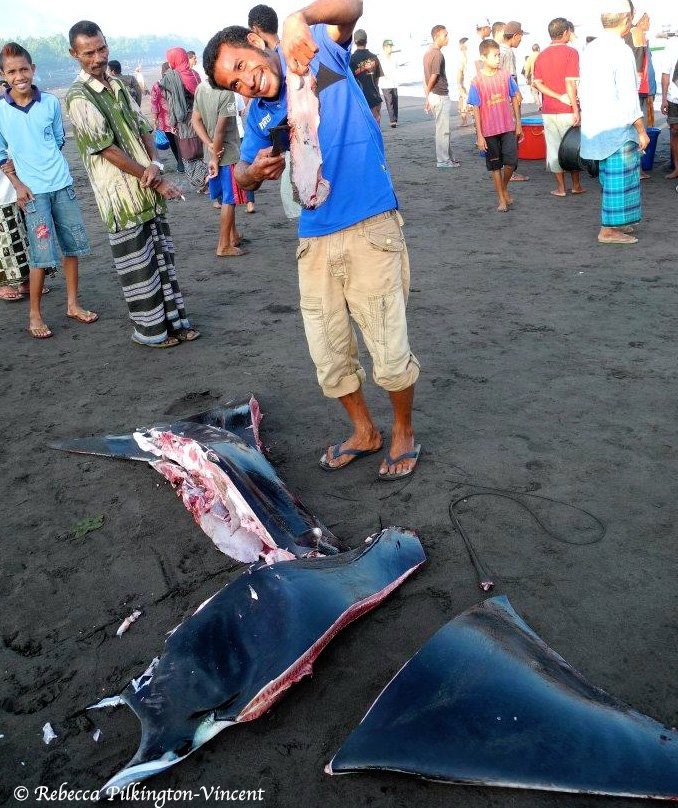
killing manta rays and mobula rays
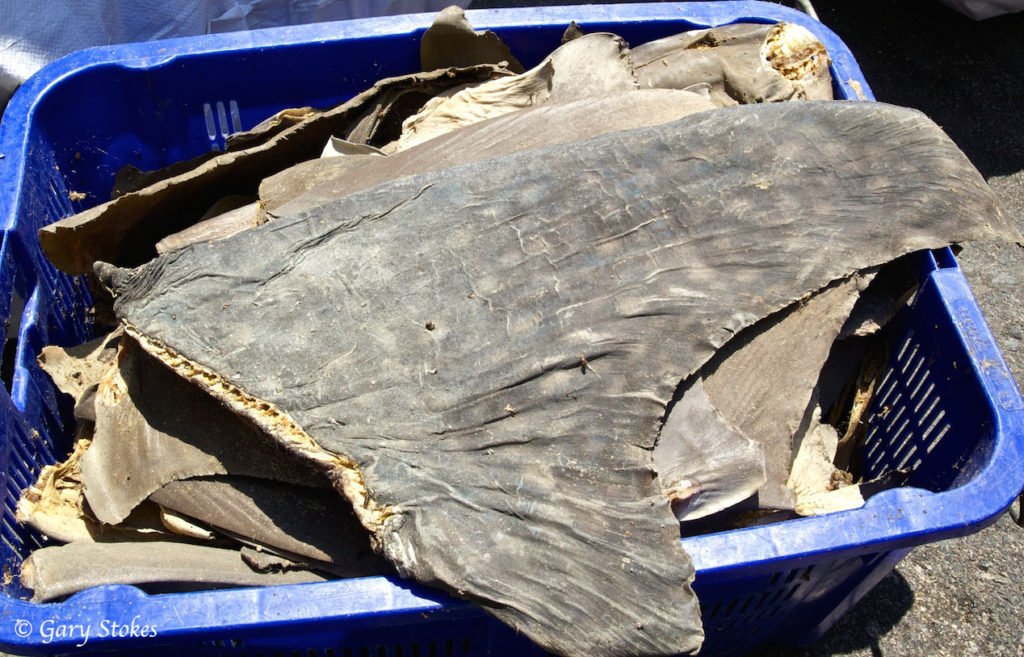
killing whale sharks
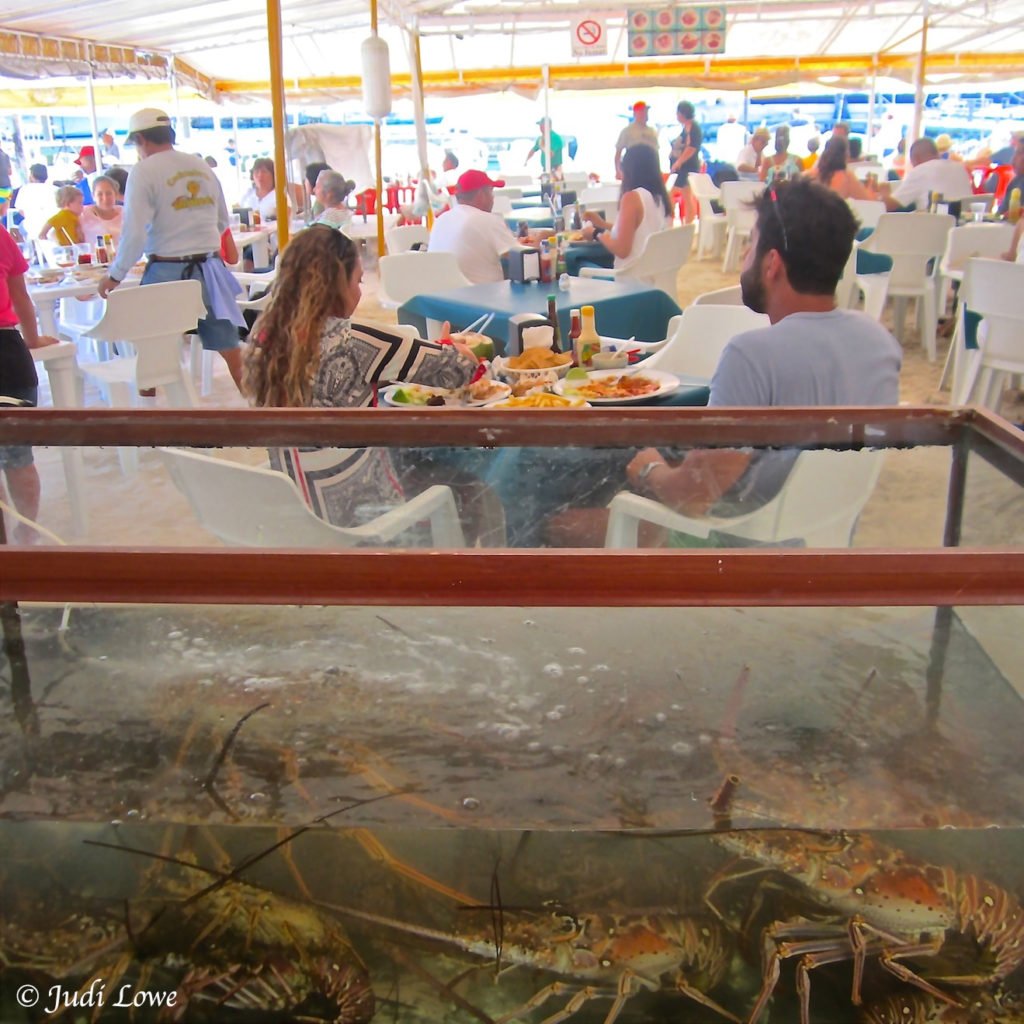
taking lobster for the live reef fish trade and dive tourist restaurants
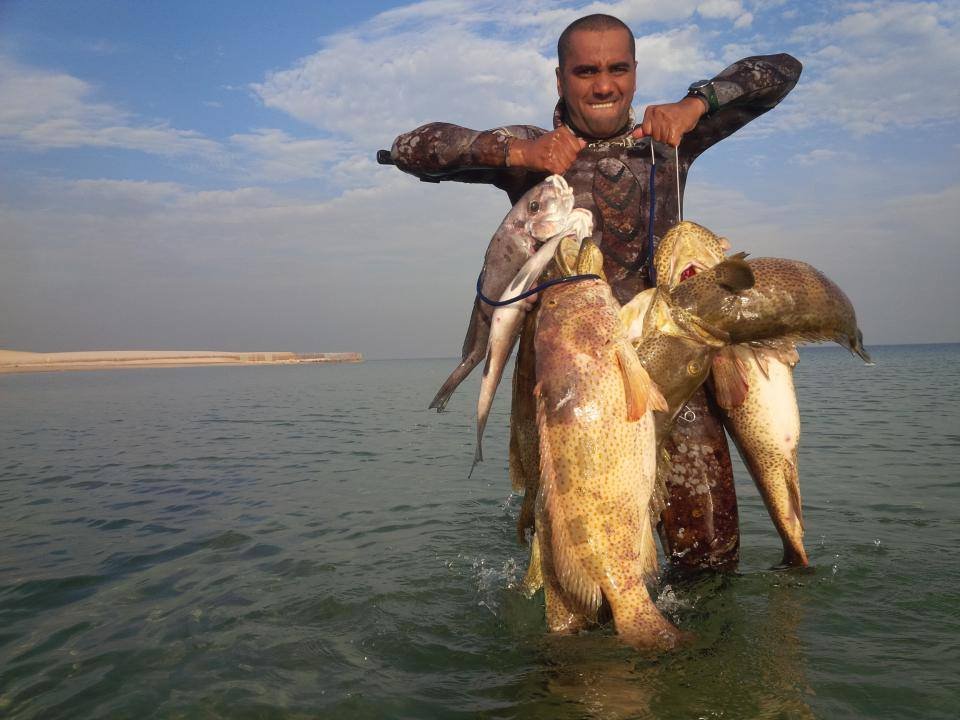
spear fishing
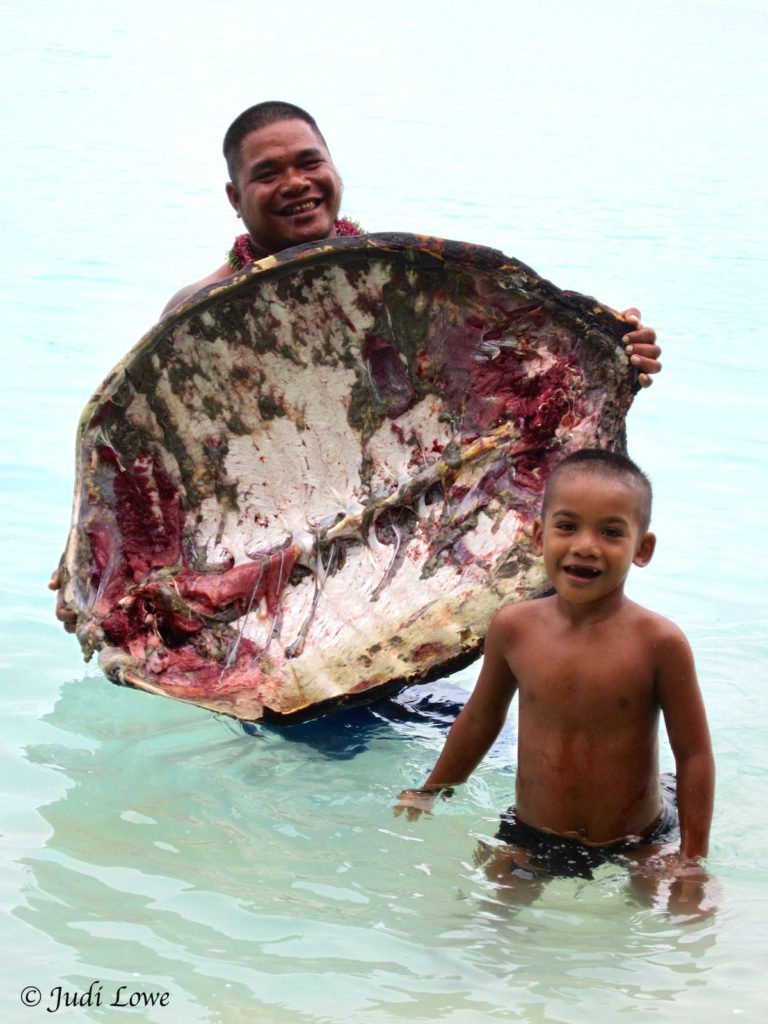
killing turtles

use of fine gauge nets
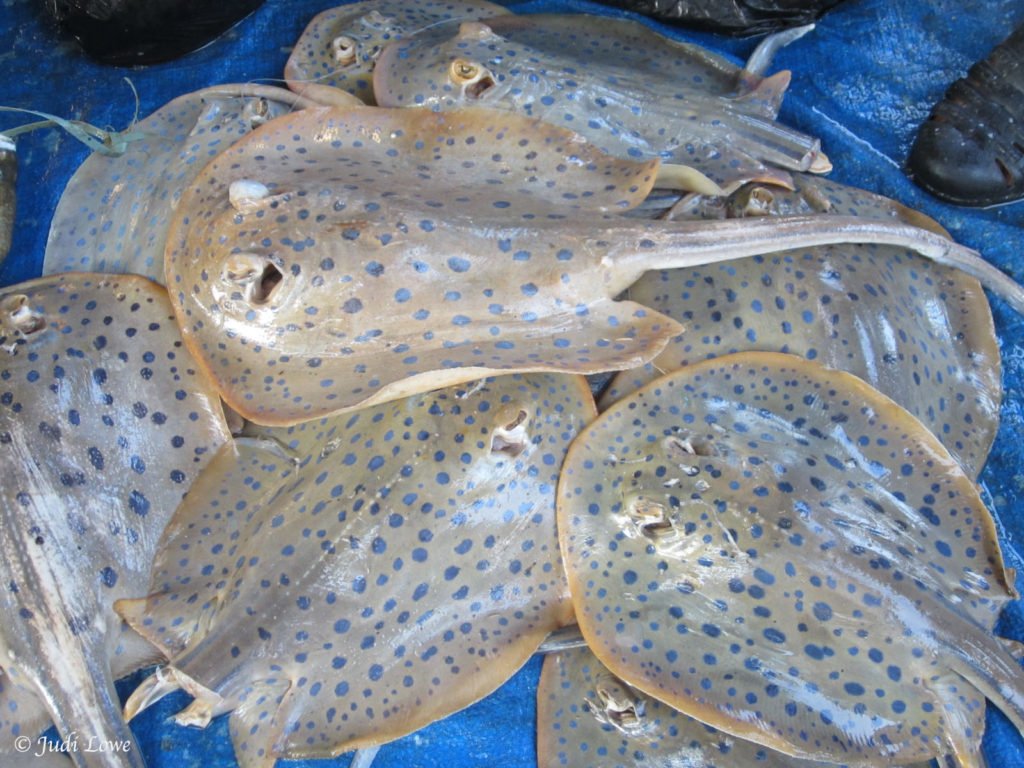
overfishing


